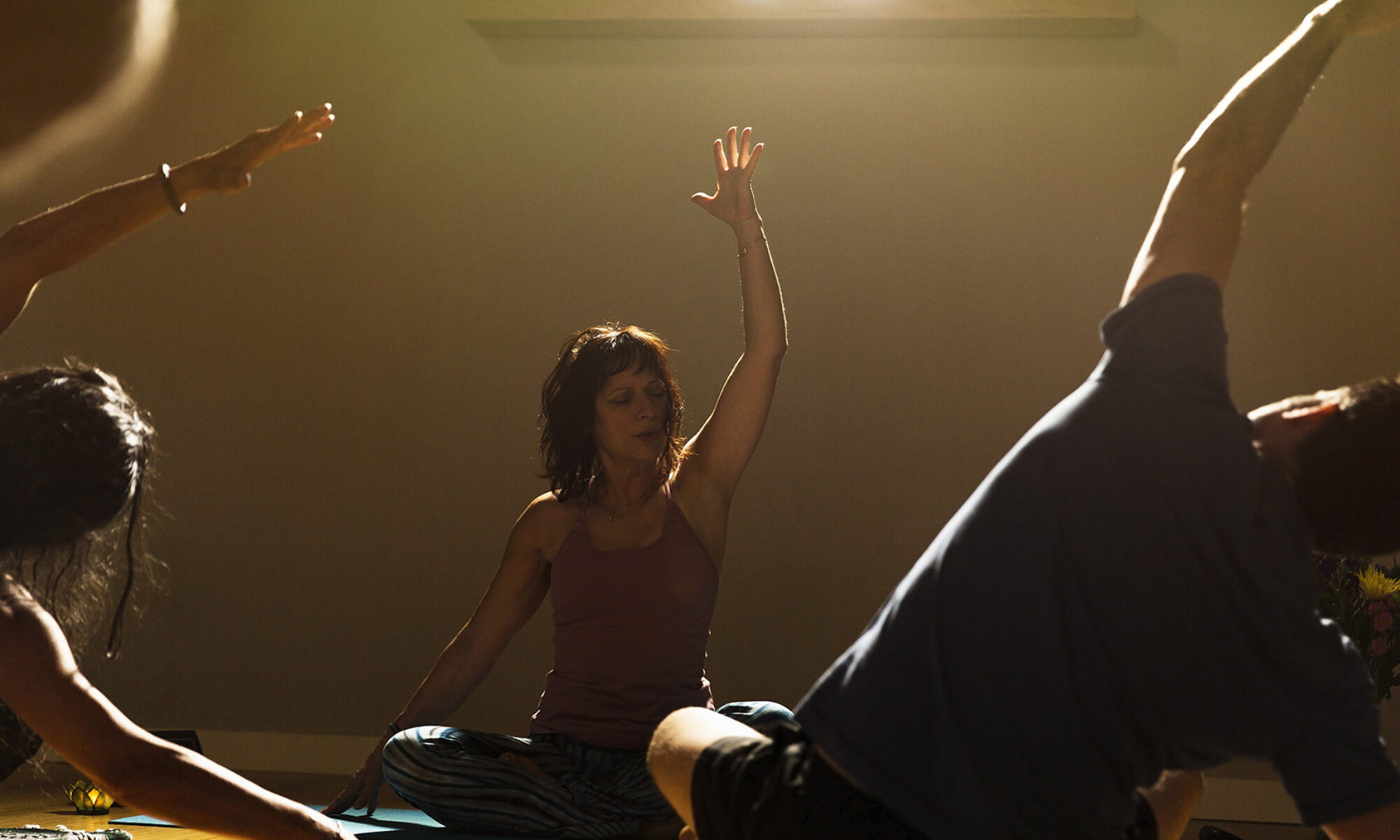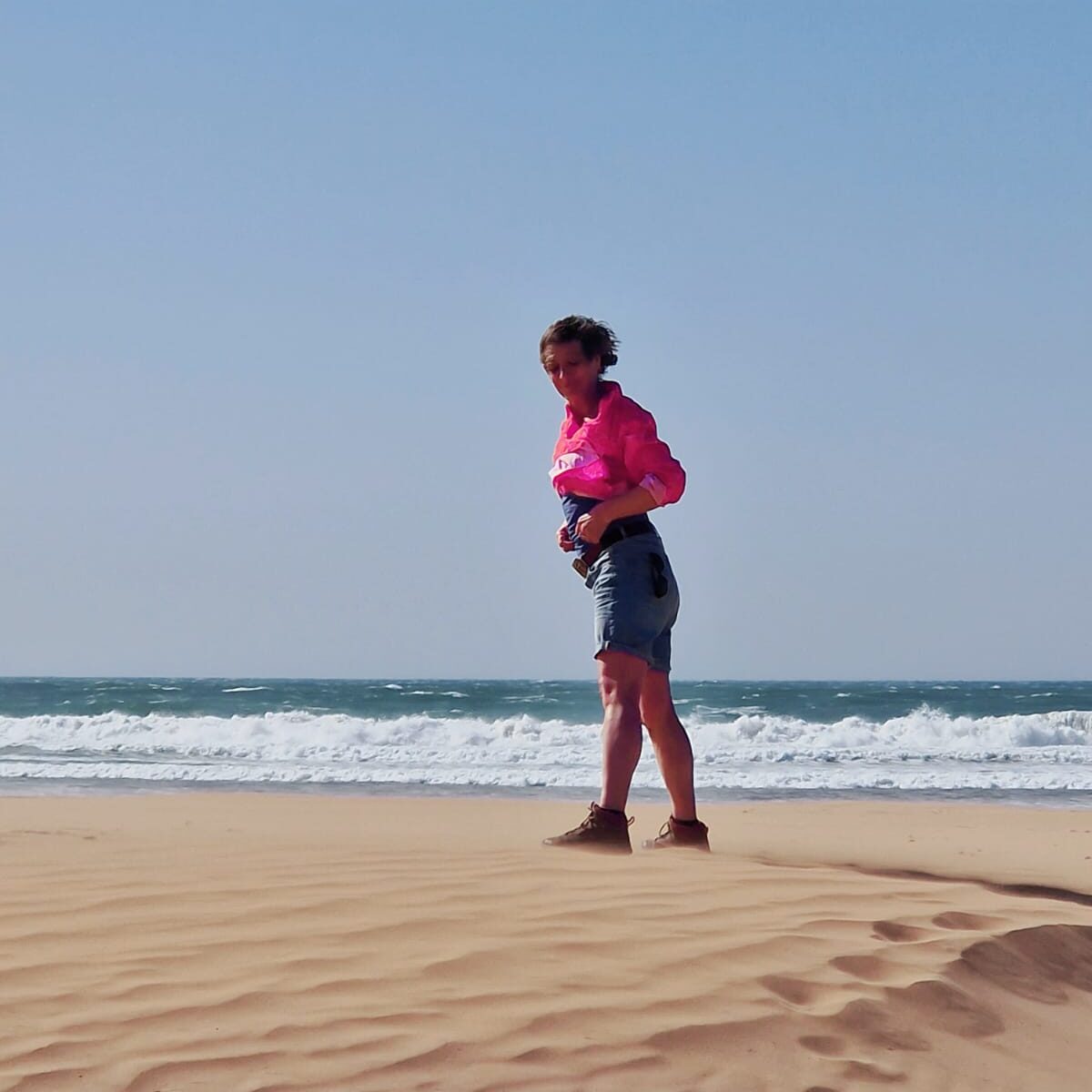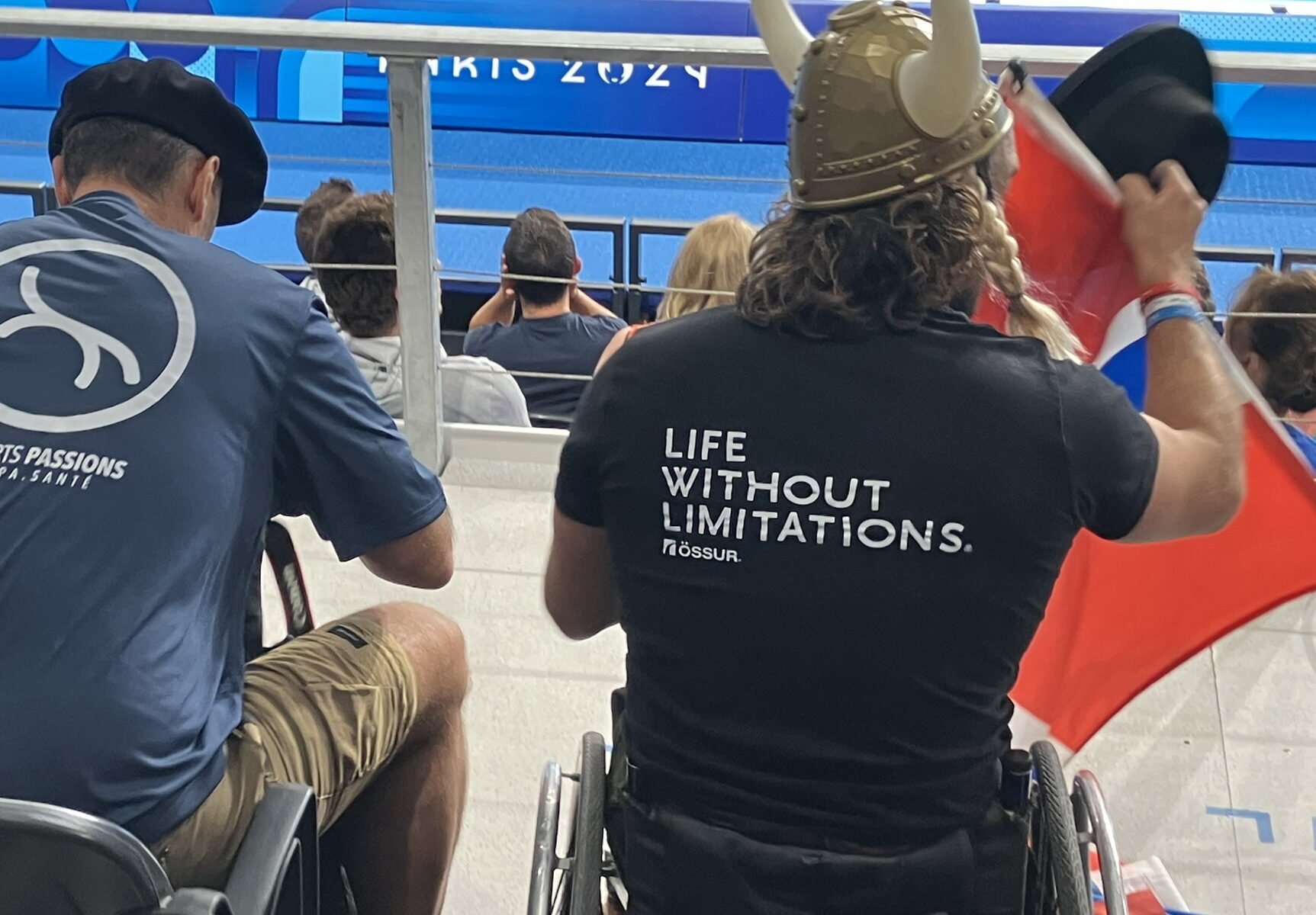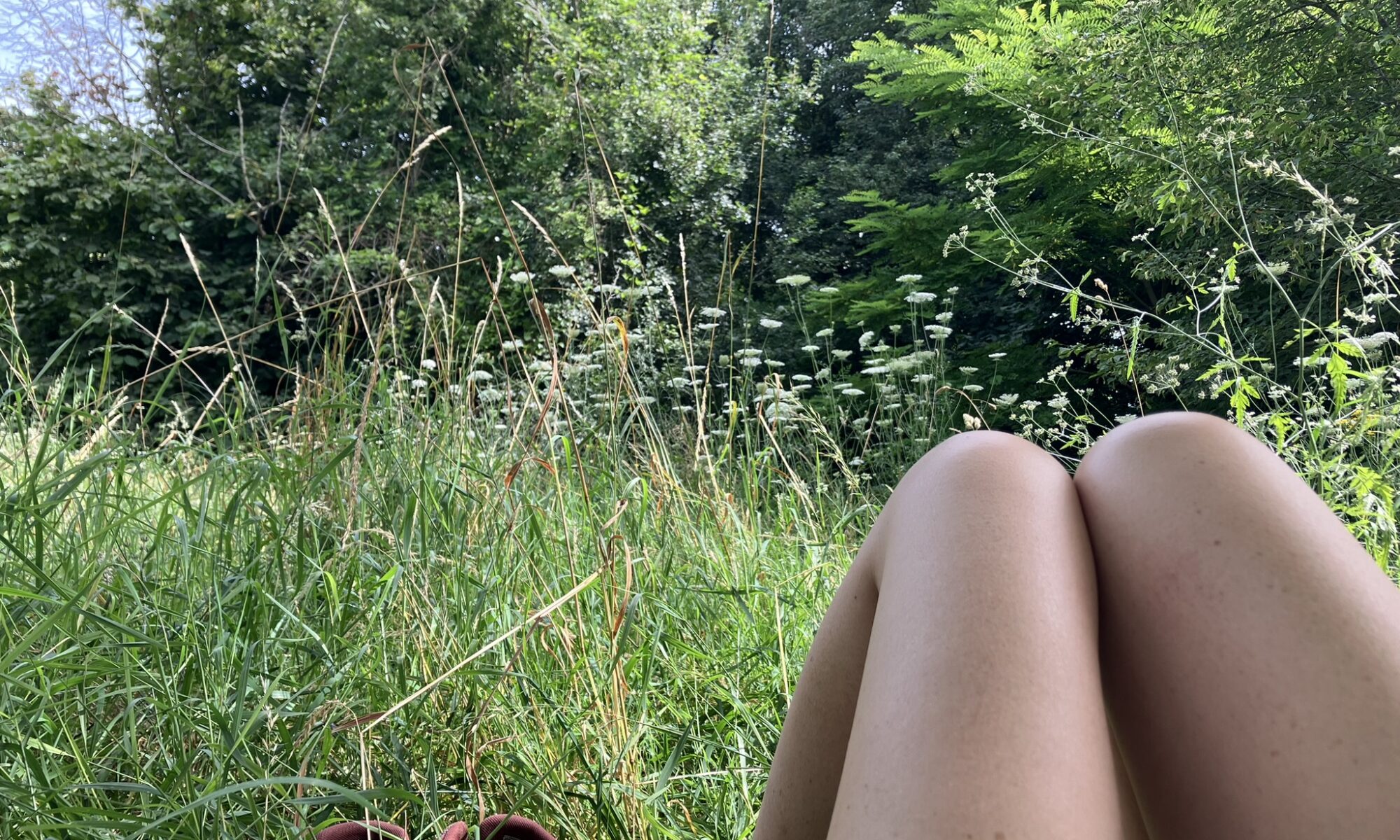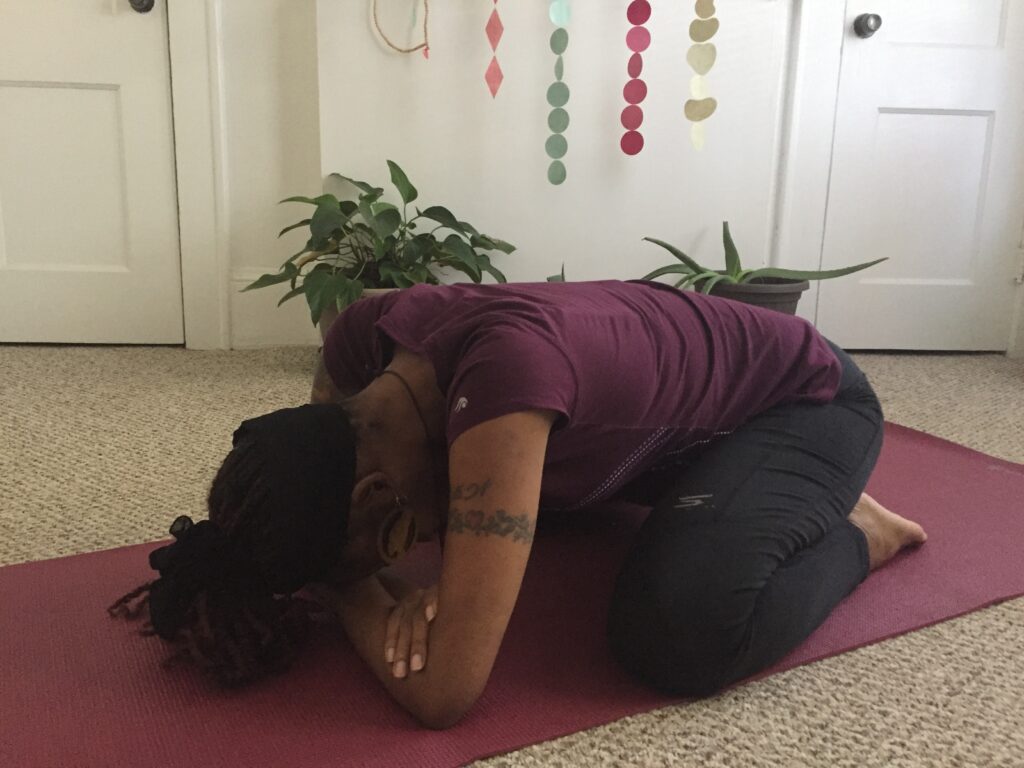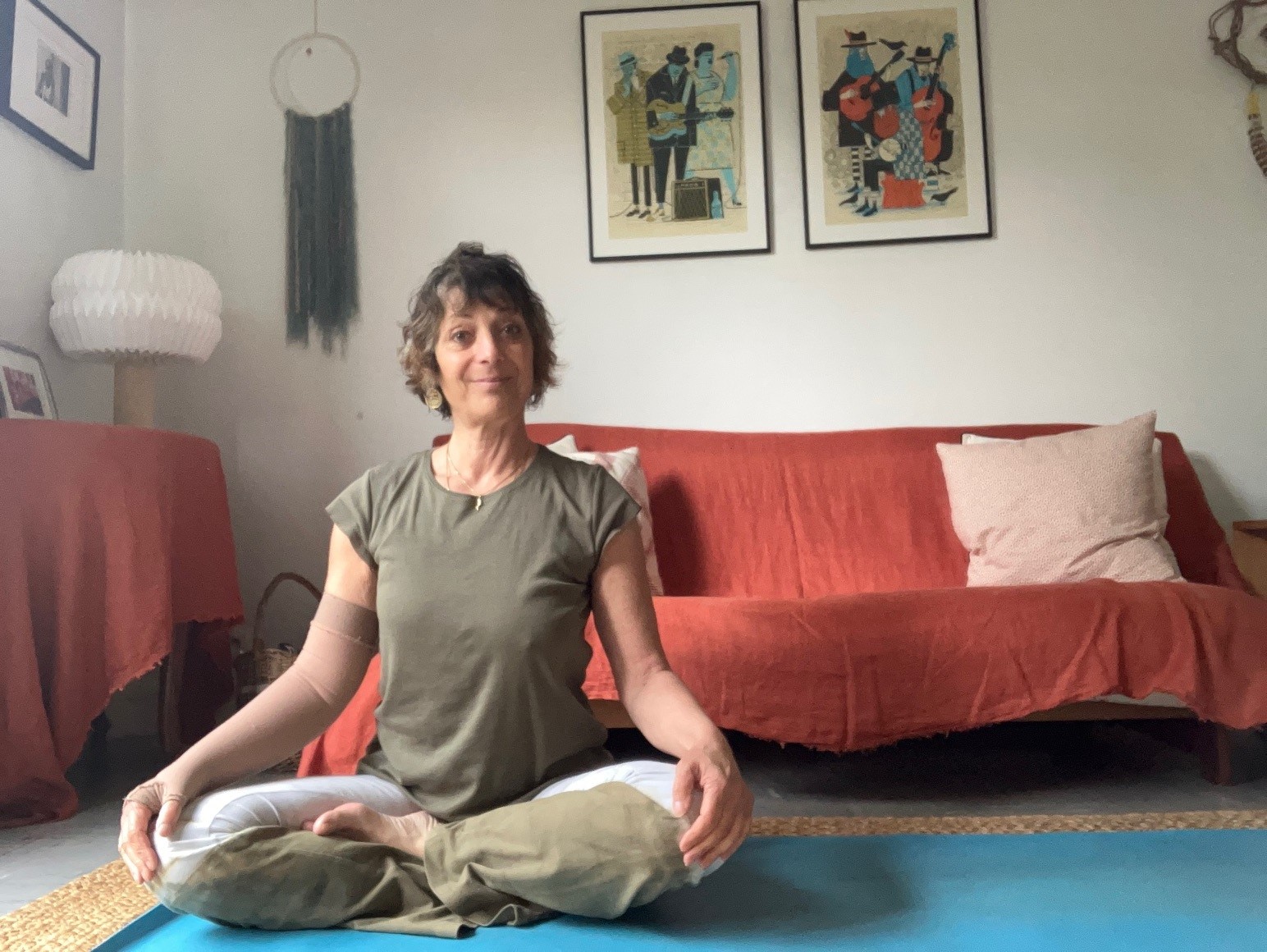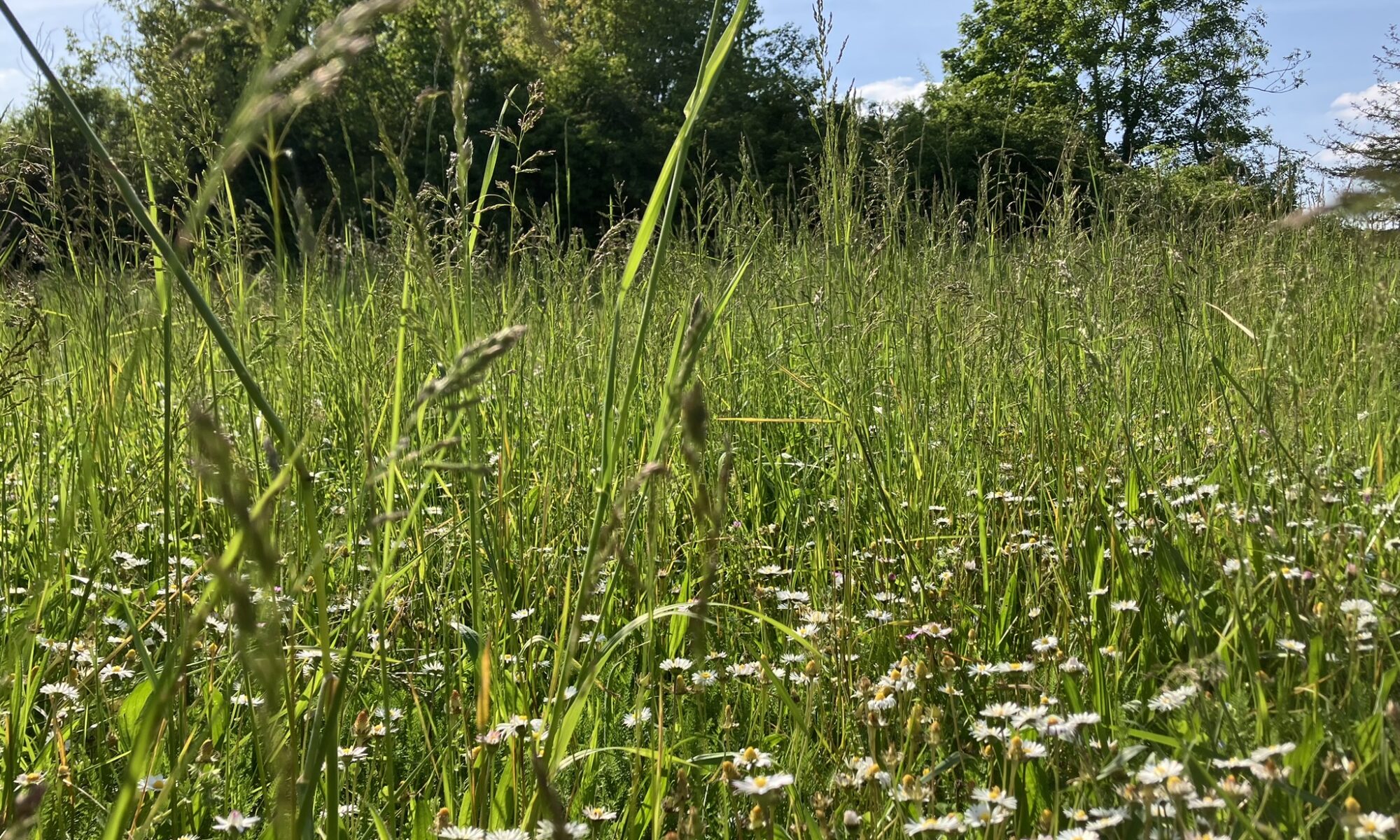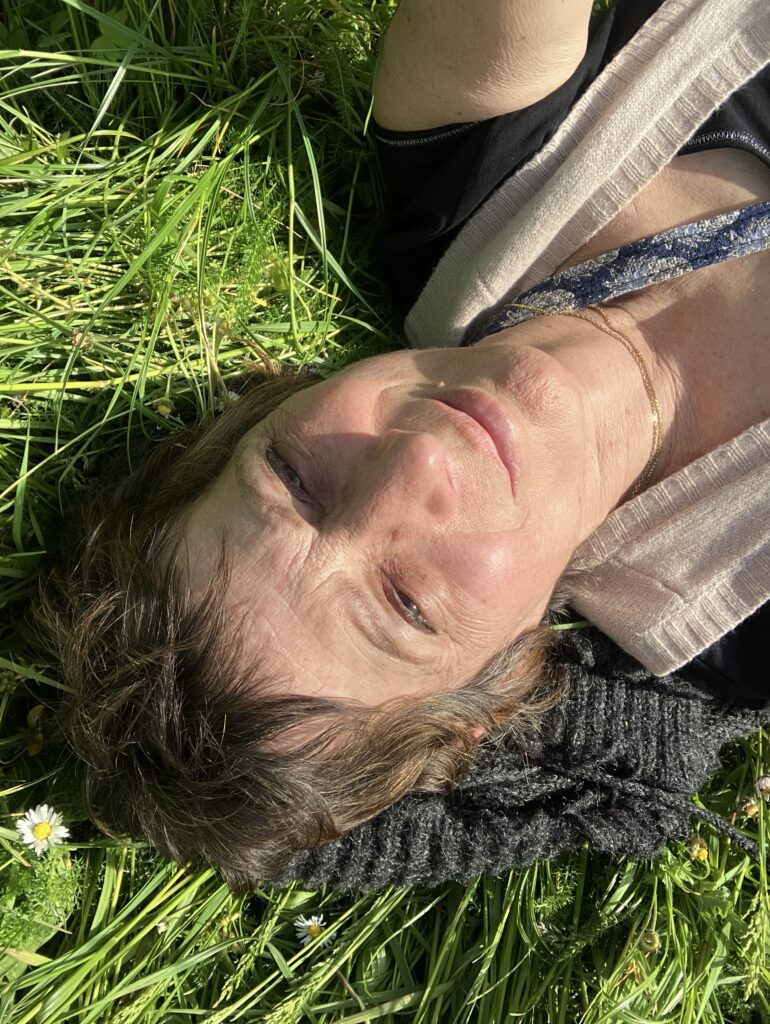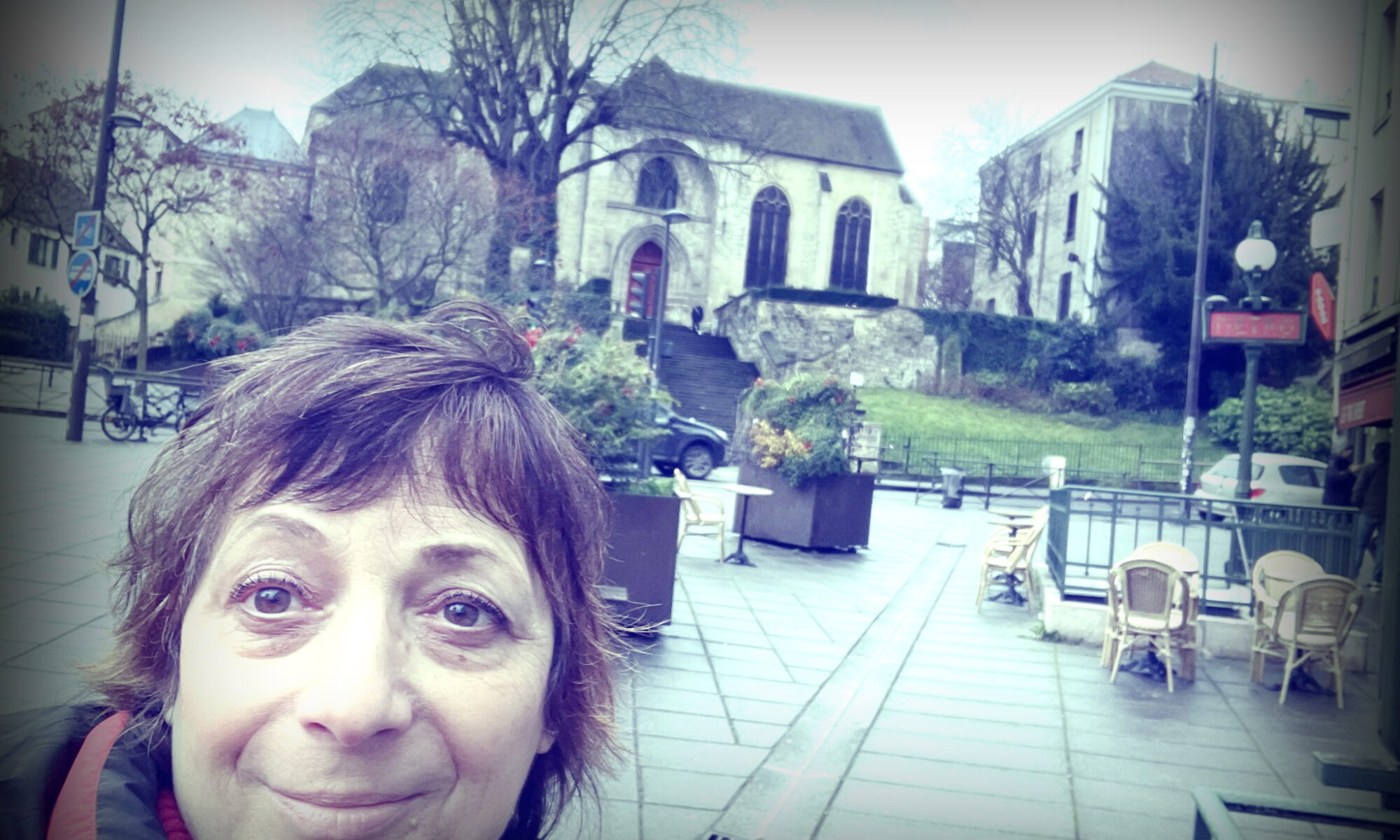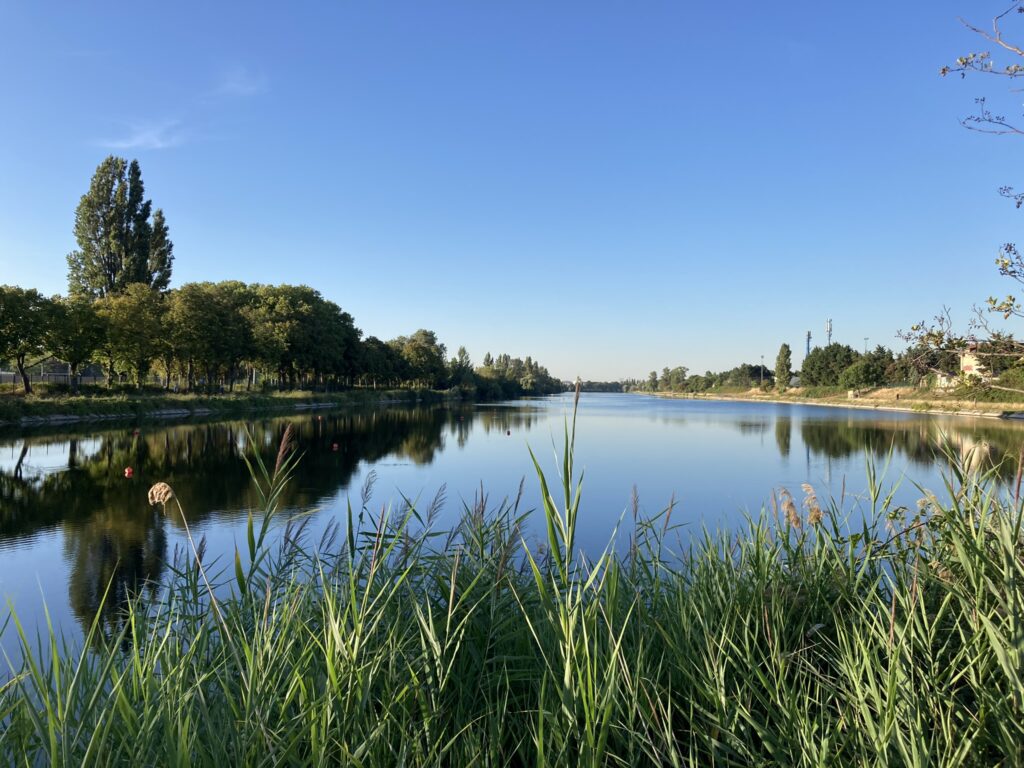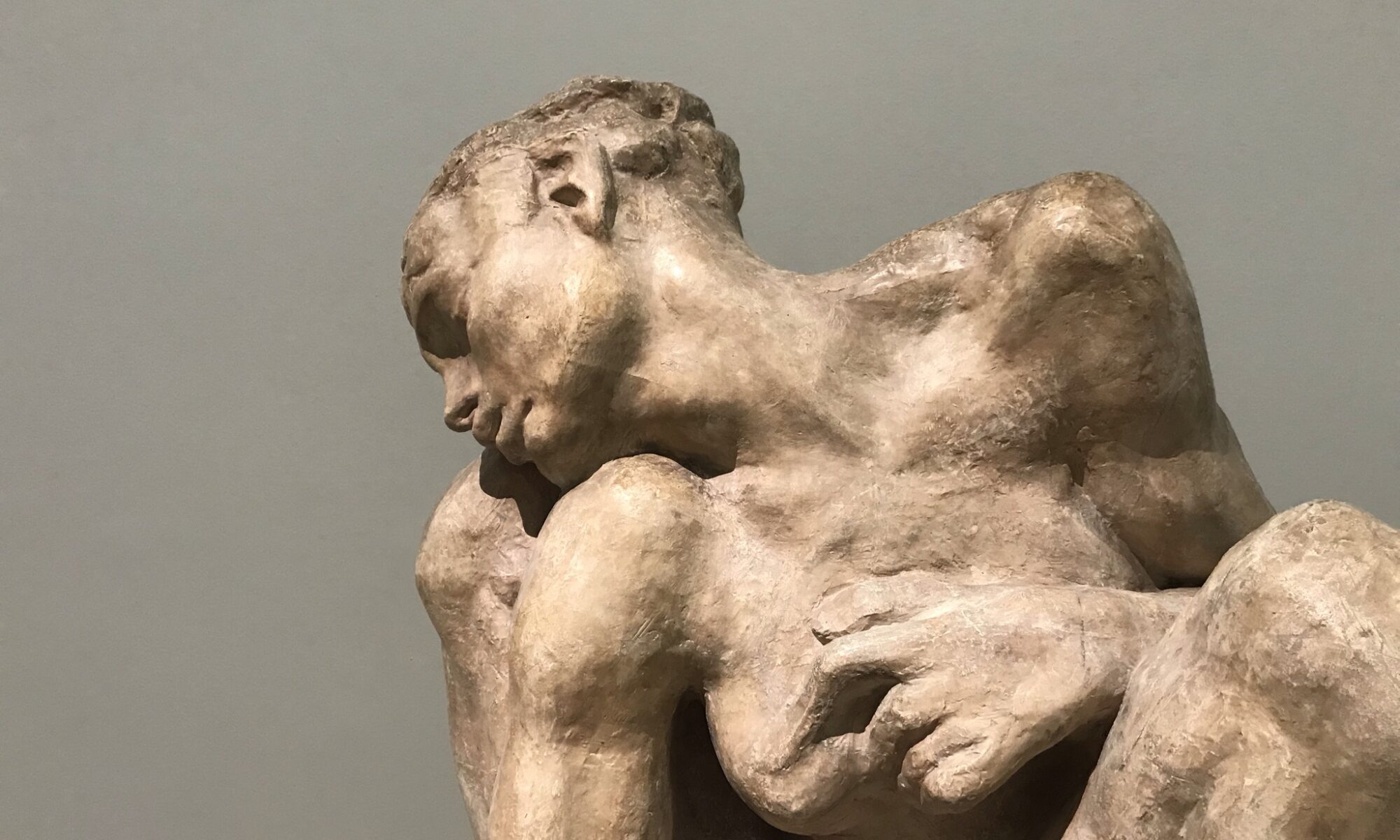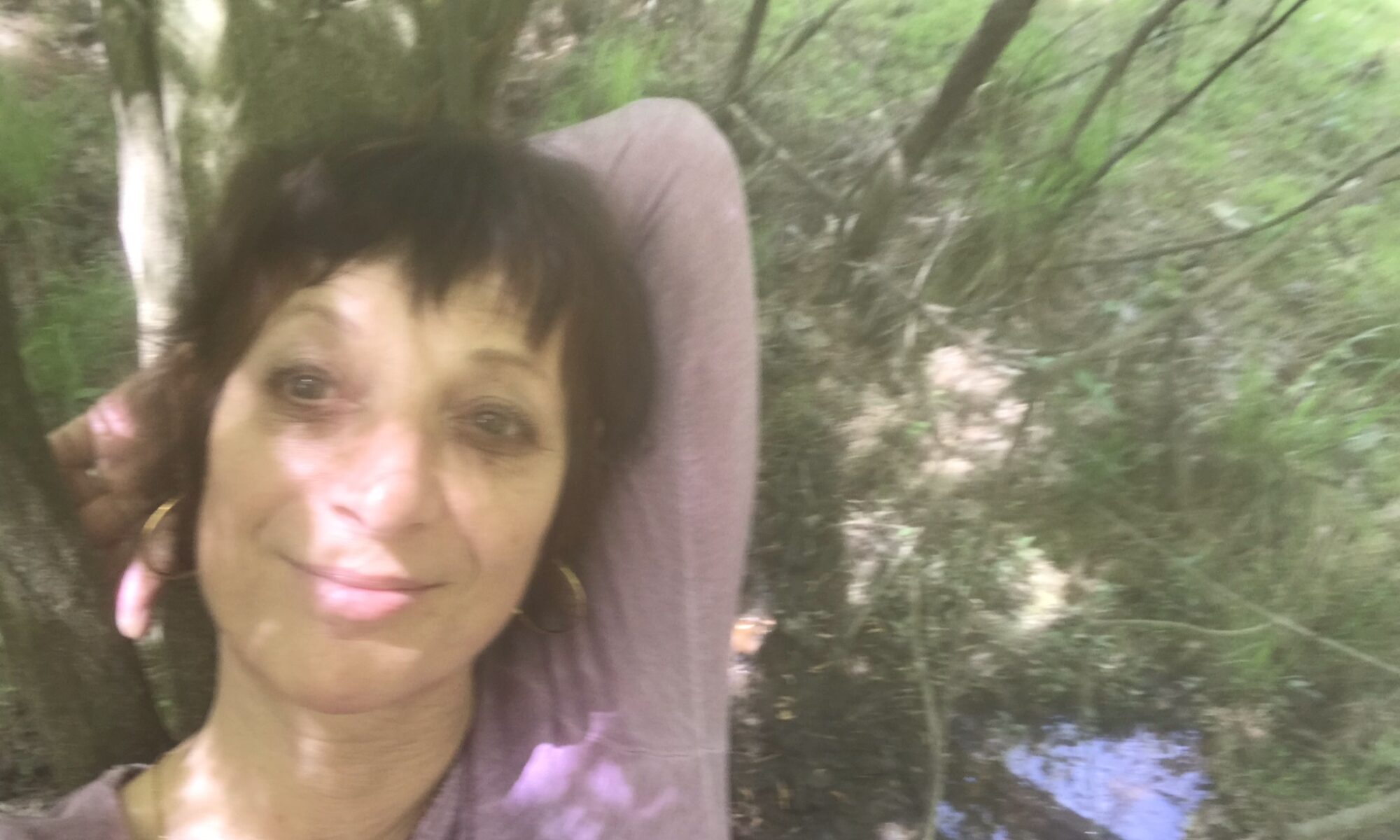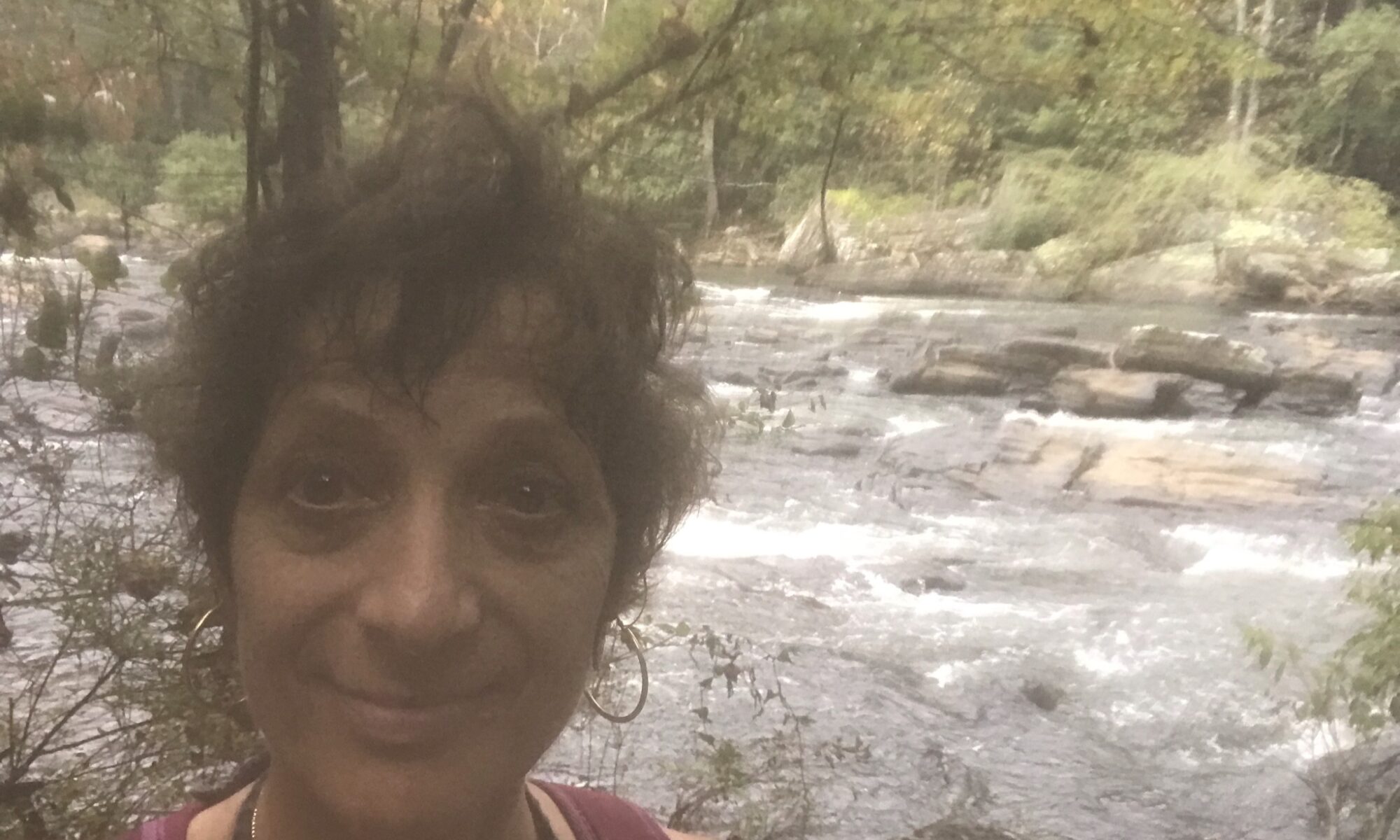My adventure in Essaouira and what it means to me.
It’s a miracle. One of those that happen in life—if you’re paying attention.
Essaouira. Morocco.
For years, my cousin Céline, who has spent a week there every year for the past 20 years, kept inviting me to join her in this fortified town by the Atlantic. But, well… Planning a trip to North Africa wasn’t exactly easy while I was living in Atlanta.
The right time finally came in January 2025. My first time on a plane since I left Atlanta in June 2022 for a vacation in France—before my life was turned upside down after receiving my diagnosis. My first time setting foot on another continent again. And then, there was this little sign, hinting at how significant this trip would be: Essaouira sits almost on the same latitude as the state of Georgia. On the other side of the ocean: Atlanta.
A strong, special energy
From the very beginning, I could feel a strong, special energy. I wasn’t the only one. Surfers from all over Europe gather on Essaouira’s beach, lifting their kites to glide and soar over the waves.
Just three hundred meters away, inside the medina, it’s a completely different world. I’m overwhelmed by the colors, the scents, the aromas drifting from the spice stalls, dried fruit vendors, the bustling produce market, the fish souk, and so much more.
Here, yoga isn’t an option. Instead, my yoga is walking two or three hours a day along the beach, feet in the water, face to the wind, soaking up the sun. My head filled with sea spray.
Berbers, Arabs, Africans, Europeans…
Back in the medina, Céline—my guide—shares her deep knowledge and touching respect for this city and its people. The artisans of an older generation—since younger ones aren’t interested in trades that don’t pay—work in rhythm at their looms, carve and plane wood, bend iron to their will.
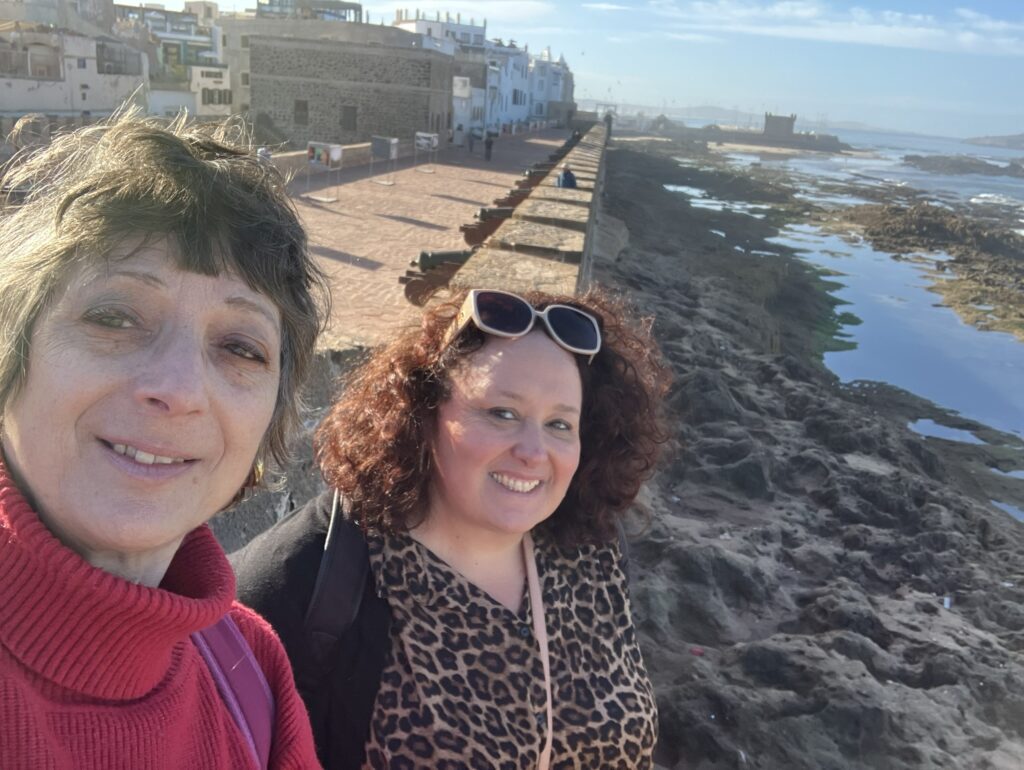
With my cousin Céline. So giving. She generously shared so many things she knows about Essaouira.
Centuries ago, different ethnicities converged within Essaouira’s walls—Berbers, Arabs, Africans, Europeans—along with a mix of faiths: Muslims, Christians, and Jews. You can feel it. I can feel it. Just like the rich melting pot of the United States. Tourists stop here for a week, sometimes a few months, especially those working remotely.
Essaouira. In a way, I’m halfway between Paris and Atlanta. A necessary stop. How does the saying go again? It’s not about the destination. It’s about the journey.
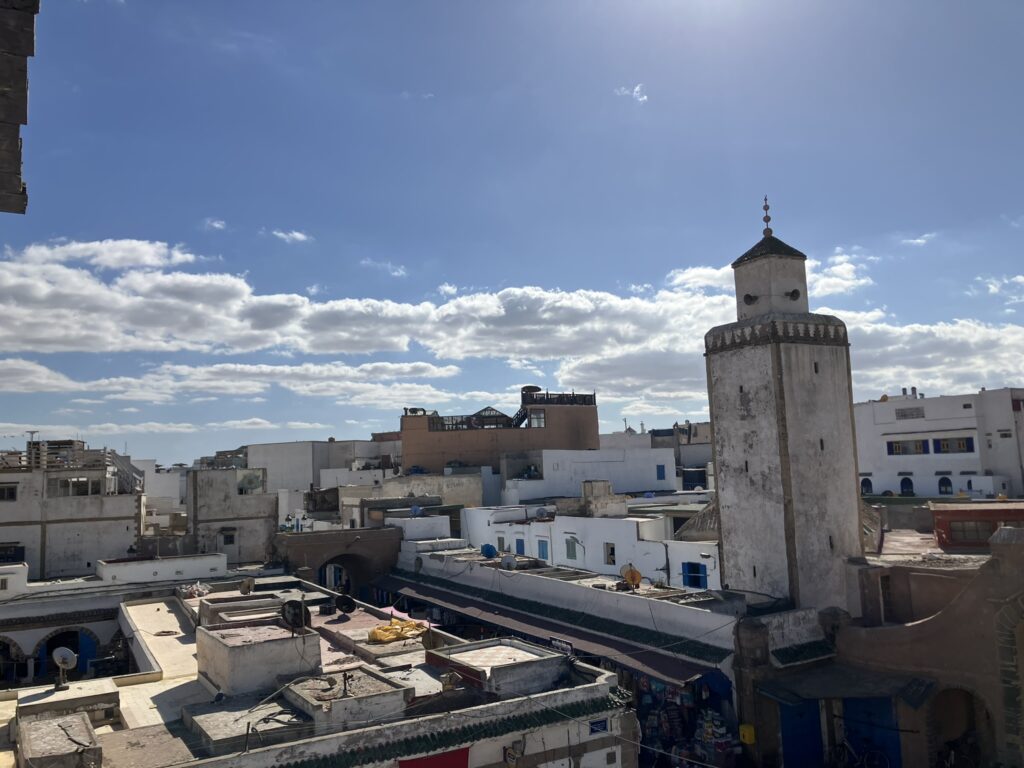
A view from a rooftop above the fish market.
